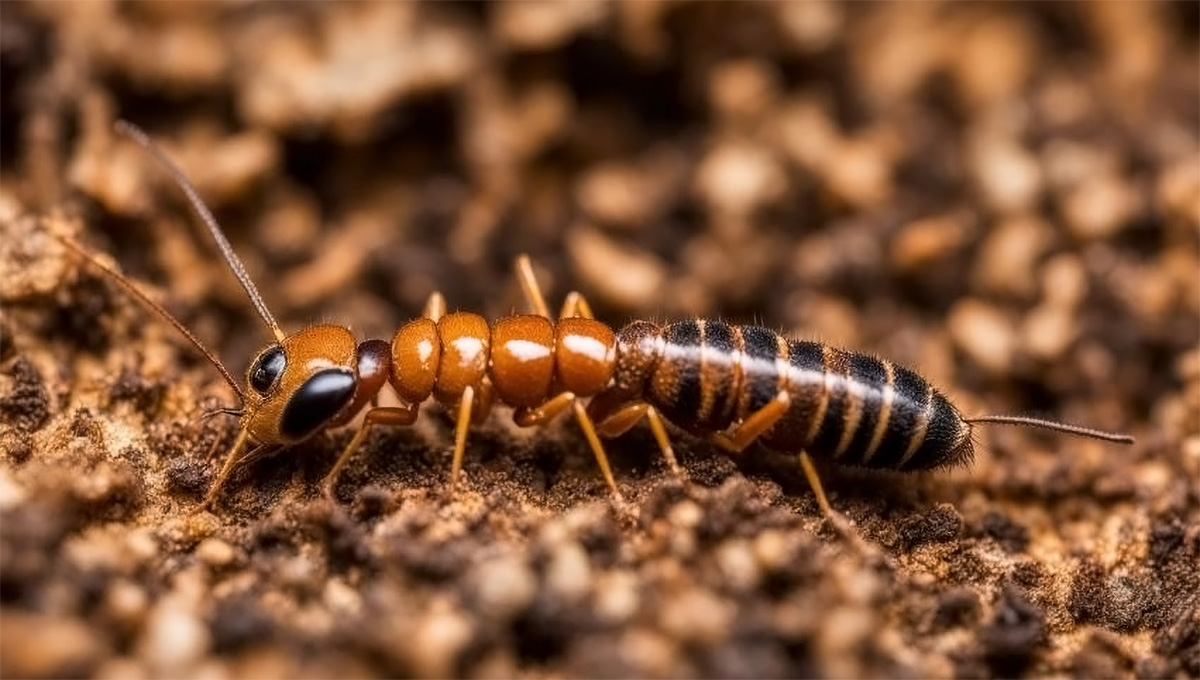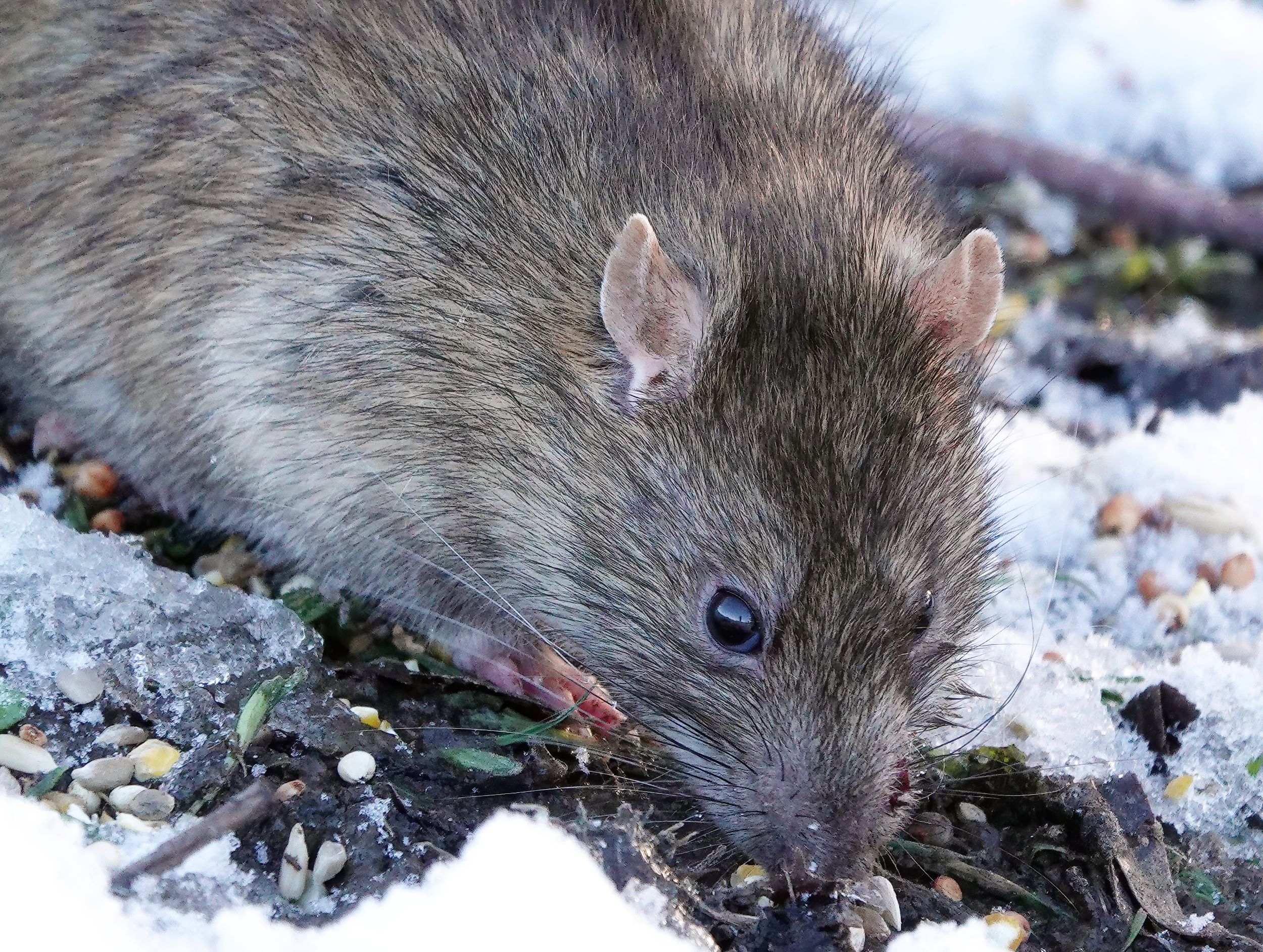
Termites may be small, but the damage they cause can be anything but. These silent invaders often go unnoticed until significant destruction has occurred. Detecting termites early can save homeowners thousands of dollars in repairs and preserve the structural integrity of their property. Let’s explore the subtle signs of termite activity and how to act quickly to protect your home.
Termites feed on wood and cellulose-based materials, making homes their ideal habitat. Left unchecked, these pests can compromise the structural integrity of a building by hollowing out wooden beams, floors, and walls. Spotting an infestation early allows you to intervene before significant damage occurs.
What to Look For: Thin, pencil-sized mud tunnels on walls, foundations, or crawl spaces.
Why It Happens: Termites use mud tubes to protect themselves from predators and maintain moisture as they travel between their colony and food source.
What to Look For: Piles of small, translucent wings near windows, doors, or light fixtures.
Why It Happens: Swarming termites shed their wings after finding a new location to establish a colony.
What to Look For: Knock on wooden surfaces—if they sound hollow, termites may have eaten away the interior.
Why It Happens: Termites consume wood from the inside out, leaving behind a thin outer layer.
What to Look For: Small, pellet-like droppings that resemble sawdust near wooden structures.
Why It Happens: Drywood termites leave behind frass as they tunnel through wood.
What to Look For: Paint that appears bubbled, uneven, or peeling.
Why It Happens: Termites tunneling behind walls can cause moisture buildup, leading to visible damage.
What to Look For: Doors or windows that suddenly become hard to open or close.
Why It Happens: Termite activity can warp wood, creating alignment issues.
What to Listen For: Faint rustling or clicking sounds coming from within walls.
Why It Happens: Soldier termites bang their heads against tunnels to warn the colony of danger, while worker termites actively chew through wood.
Termites are destructive, but vigilance and prompt action can protect your home from extensive damage. By knowing the warning signs and scheduling regular inspections, homeowners can stay one step ahead of these silent invaders. Don’t wait for termites to cause costly damage—start monitoring your property today. Prevention and early intervention are the best defenses against these relentless pests.
 Say Goodbye to Rodents in Your Walls with These Simple Solutions
Say Goodbye to Rodents in Your Walls with These Simple Solutions
Finding rodents in your walls is nobody's idea of a good time. Whether it's the occasional scurrying noise or the nightmare of chewed-up wires, rodents can quickly become more than just an inconvenience; they can also be serious headaches. But don't worry! We have some simple, practical solutions to help evict any unwanted guests and restore peace to your home.
Learn More Winter Pest Control: Don’t Let Rodents Move Into Your Warm Home
Winter Pest Control: Don’t Let Rodents Move Into Your Warm Home
We all love welcoming in the change of seasons. Most of us like to bundle up and read a book by the fireplace or cozy up on the couch and catch up on some shows. However, we aren't the only ones looking for a safe, warm, and comfortable place to hide from the cold. Critters such as mice and rats are also looking to escape the freezing cold, and these critters lack the manners to ask for permission. We have to understand the importance of pest control during the winter to safeguard our homes from unwanted guests.
Learn More Termite Warning Signs: How to Spot an Infestation Early
Termite Warning Signs: How to Spot an Infestation Early
Termites may be small, but the damage they cause can be anything but. These silent invaders often go unnoticed until significant destruction has occurred. Detecting termites early can save homeowners thousands of dollars in repairs and preserve the structural integrity of their property. Let’s explore the subtle signs of termite activity and how to act quickly to protect your home.
Learn More